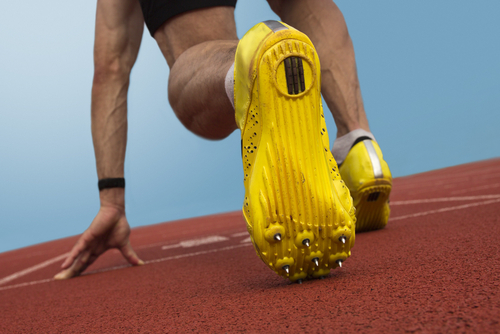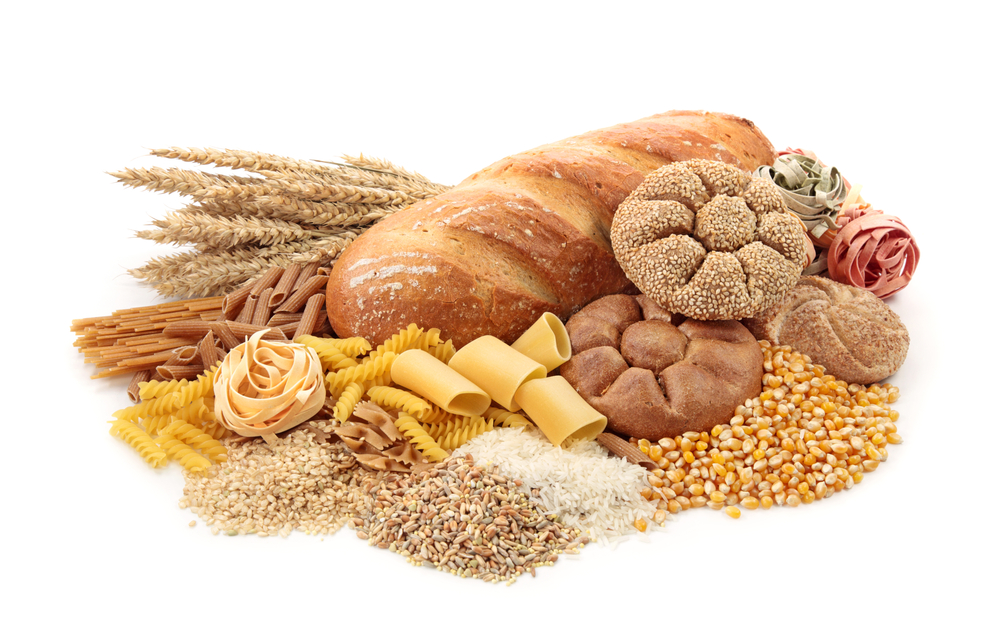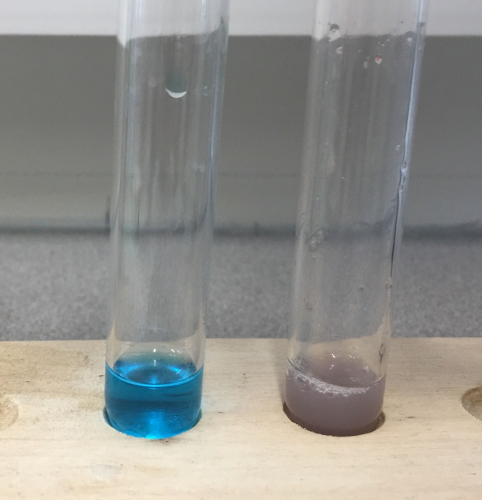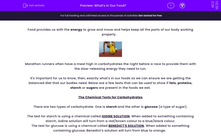Food provides us with the energy to grow and move and helps keep all the parts of our body working properly.

Marathon runners often have a meal high in carbohydrates the night before a race to provide them with the slow-releasing energy they need to run.
It's important for us to know, then, exactly what's in our foods so we can ensure we are getting the balanced diet that our bodies need. Below are a few tests that can be used to show if fats, proteins, starch or sugars are present in the foods we eat.
The Chemical Tests for Carbohydrates

There are two types of carbohydrate. One is starch and the other is glucose (a type of sugar).
The test for starch uses a chemical called iodine solution. When added to something containing starch, iodine solution will turn from a red/brown colour to a blue/black colour.

The test for glucose uses a chemical called Benedict's solution. When added to something containing glucose, Benedict’s solution will turn from blue to orange.

The Chemical Test for Proteins
The test for protein uses a chemical called Biuret solution. When added to something containing protein, Biuret solution will turn from a blue colour to a purple colour.

The Chemical Test for Fats
The test for fats is not quite as simple as the tests for carbohydrates and protein. It requires two steps:
Firstly, add the food to be tested to a small amount of ethanol (pure alcohol) and let it dissolve (the solution may need to be heated in order for it to dissolve fully. We must not use a Bunsen burner or a naked flame because ethanol is highly flammable - therefore a water bath should be used.
Next, the dissolved food solution is added to a test tube of water. If the solution remains colourless, there are no fats present. If a layer of cloudy white emulsion forms at the top, then there is fat in this type of food.
If necessary, read through those food tests again before you tackle this activity. You can come back to this page at any point by clicking on the red help button on the screen.
.jpg)







